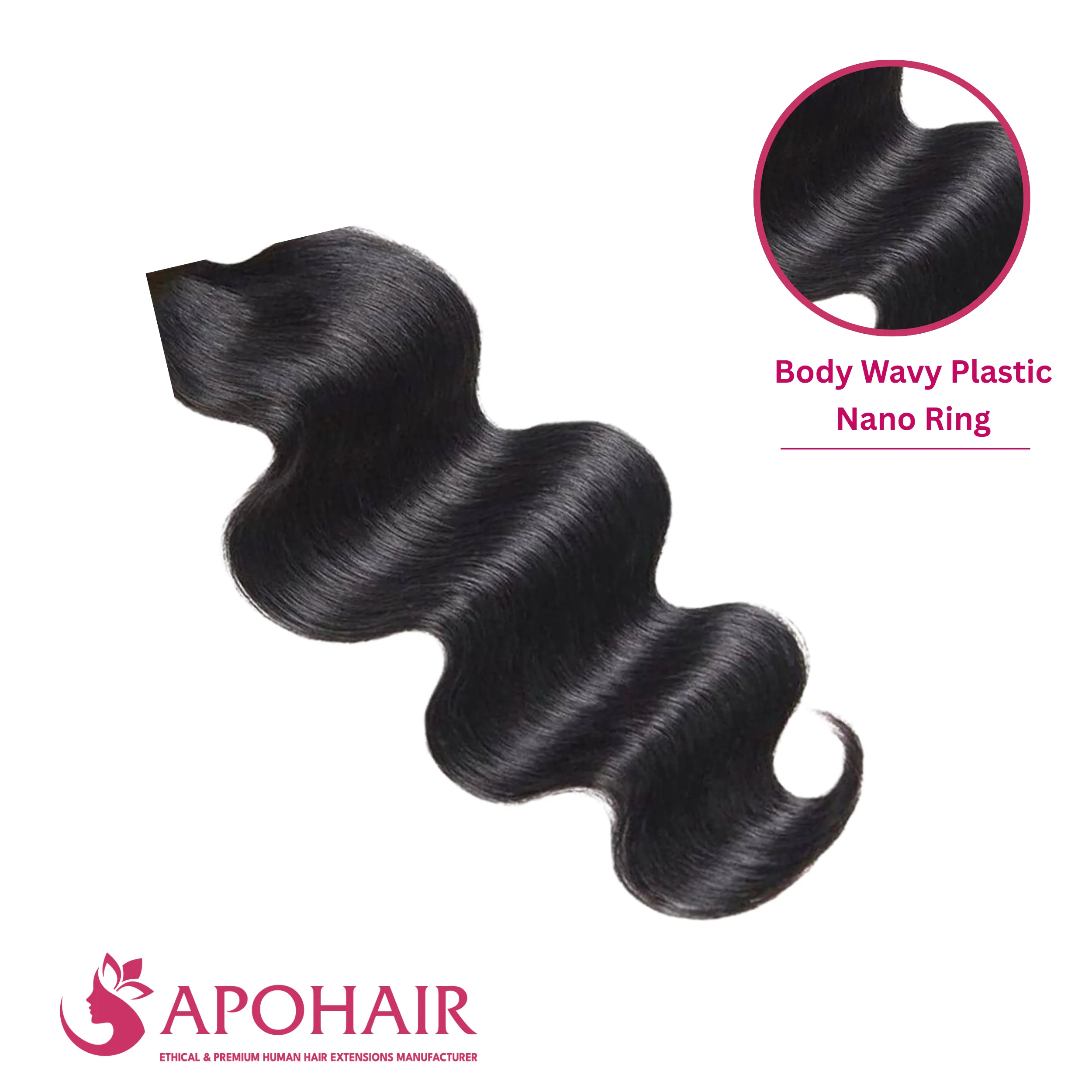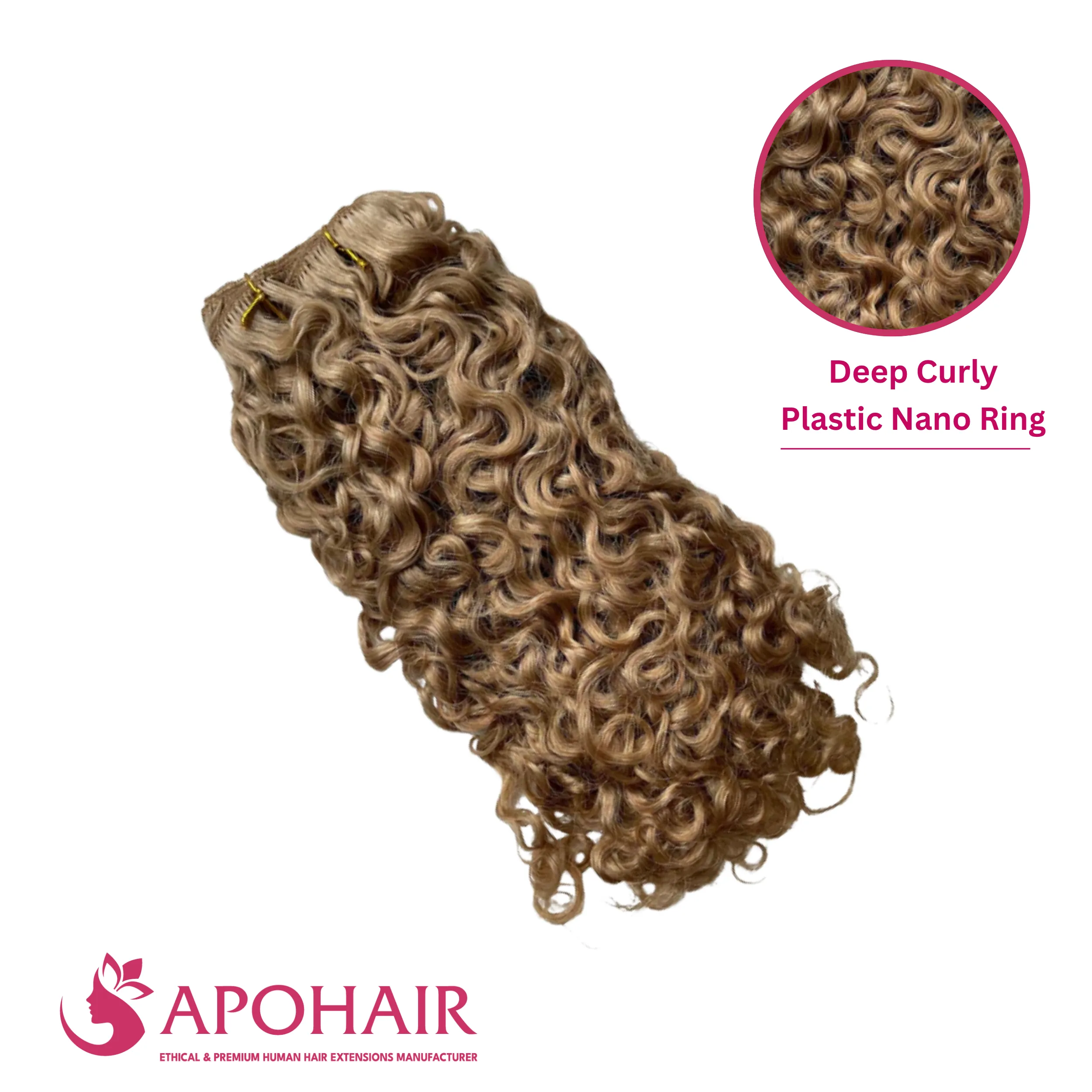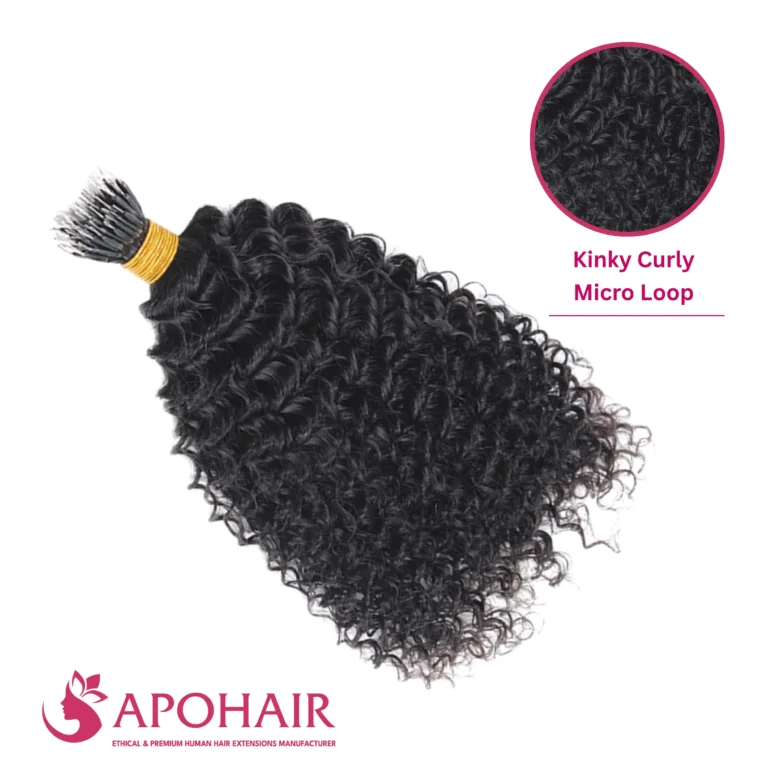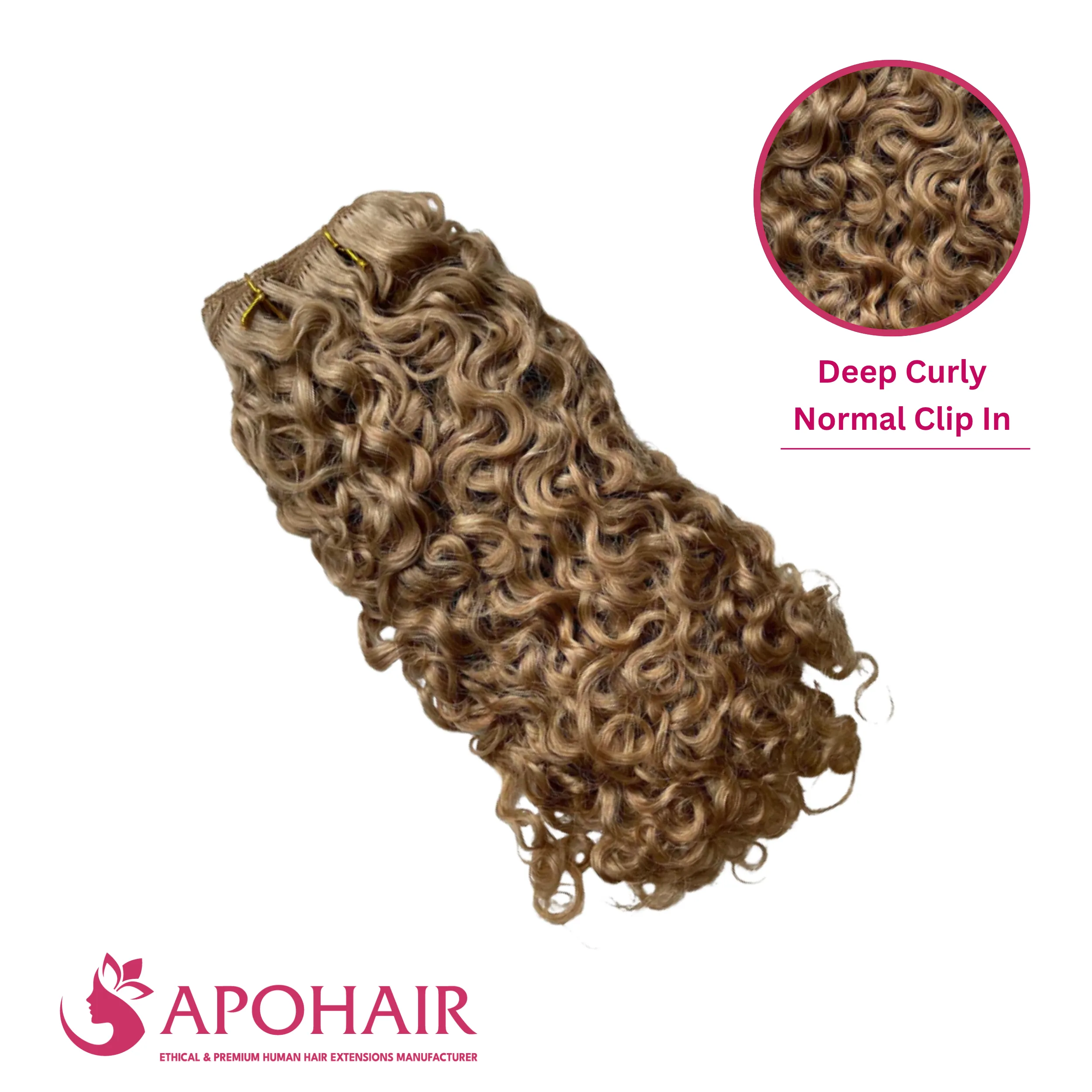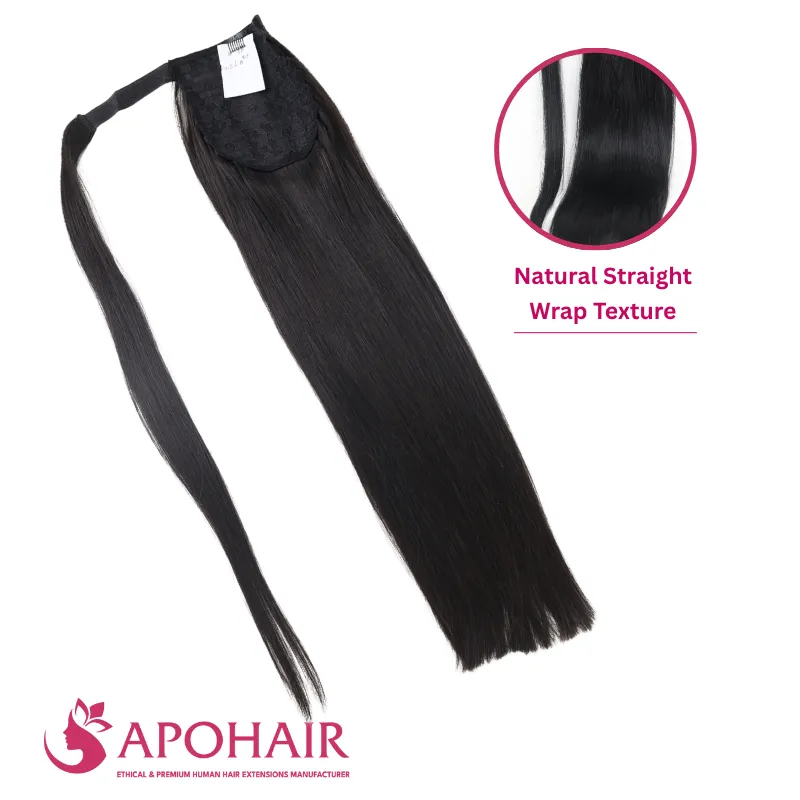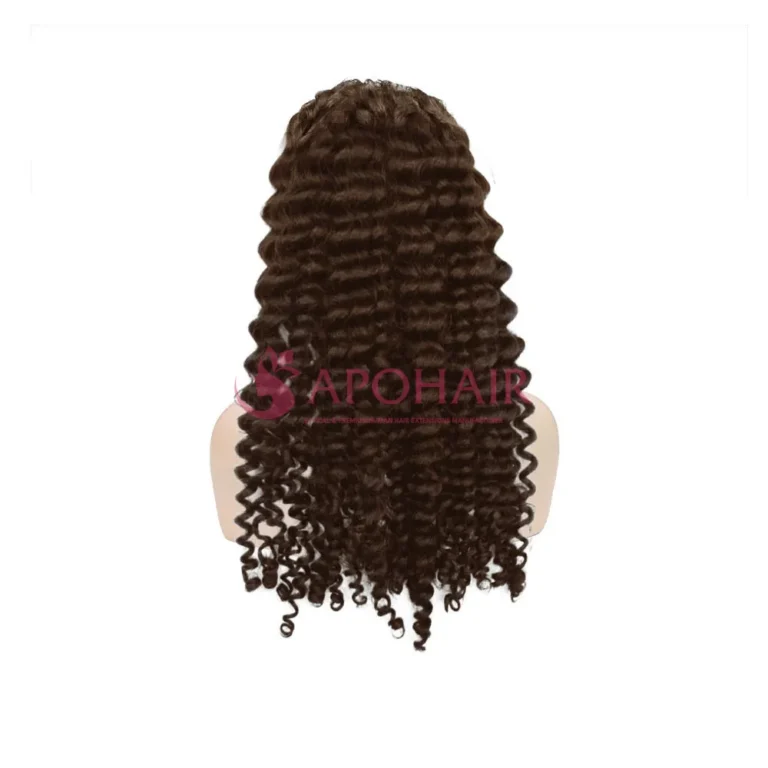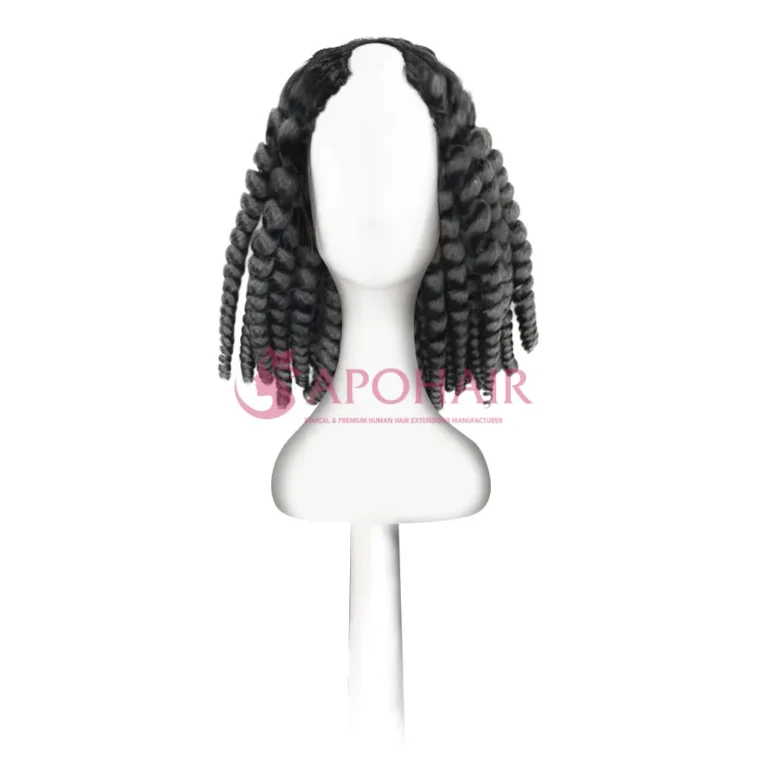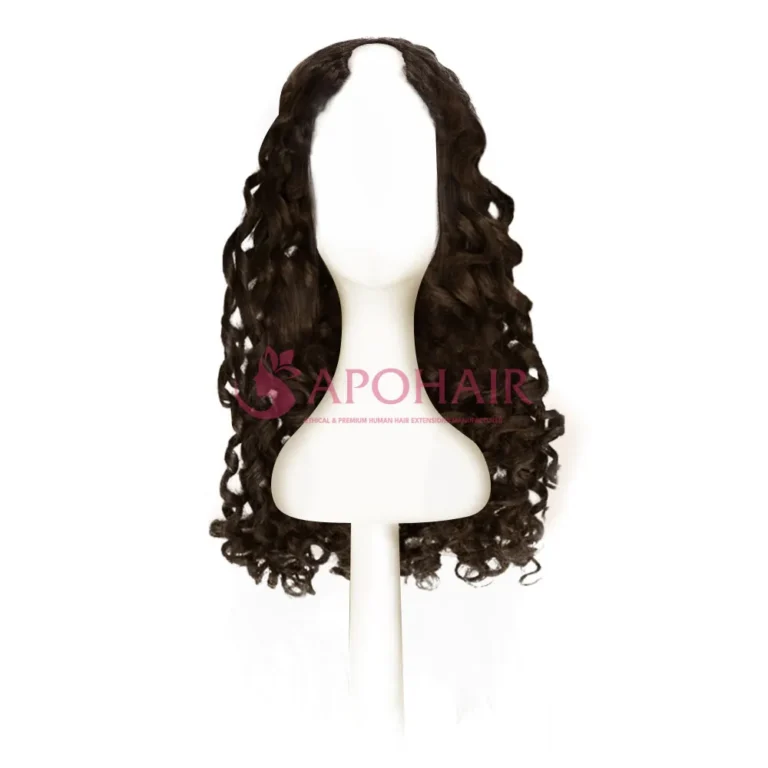Thick Hair vs Thin Hair: What Are Their Key Differences?
Thick hair vs thin hair: Which hair type is your choice? We deeply understand that if there is a chance to select, you would say that you love thick and strong hair. However, because of the fact that the thickness of the hair depends on each person, you cannot choose the thickness you love. Right now, stop feeling sad as there are many ways you can apply to achieve a perfect hairstyle, regardless of any hair type you are owning. All the secrets about the differences between thin hair vs thick hair will somehow help you come up with the best decision.
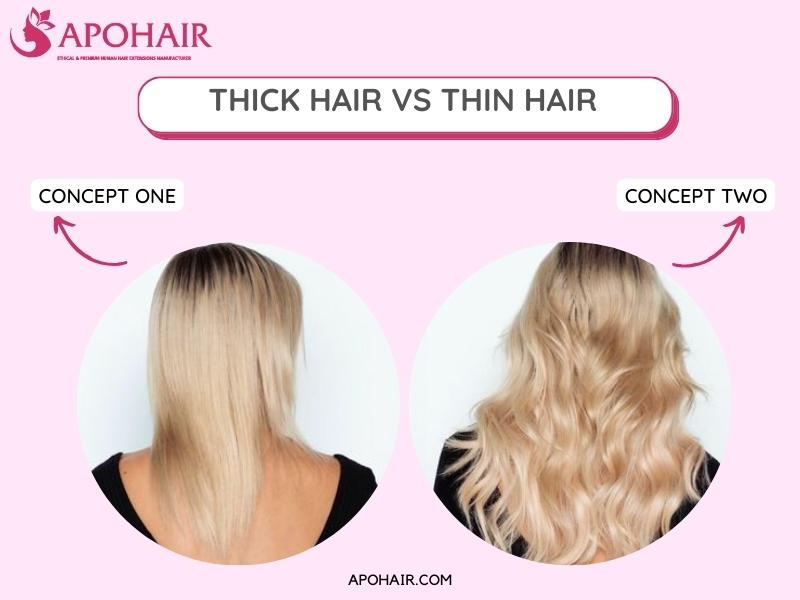
Difference Between Thick Hair vs Thin Hair
1. Diameter
The key difference between thick hair vs thin hair lies in the diameter of the individual hair strands. Thick hair has a larger diameter, meaning each strand is wider, resulting in a fuller appearance and often more volume. On the other hand, thin hair has a smaller diameter, with each strand being narrower, leading to a lighter, more delicate texture and often a flatter appearance.

2. Density
Hair density refers to how many hair strands cover your scalp. It’s worth noting that one can have thin hair but high hair density, which means their hair may appear fuller than someone with both fine hair and low hair density. These differences in diameter and hair density affect the overall look, styling options, and maintenance needs of each hair type.
Identify Thick Hair Vs Thin Hair
Signs Of Thick Hair
Identifying thick hair involves considering several key characteristics and factors:
- Texture test: Thick hair strands tend to have more texture than thin hair. To determine this, take an individual strand of hair and rub it between your fingers. If you feel noticeable coarseness or a grain-like texture, it’s likely that you have thick hair.
- Scalp test: Examine your natural part in front of a mirror. If you can’t see much of your scalp beneath your hair, this is another indication of thick hair strands. You can experiment by parting your hair in different ways or putting your hair up to observe your scalp from various angles.
- Weight: Thick hair can feel heavier than fine hair. If your hair feels substantial and somewhat weighty, it’s another indication of thickness.
- Appearance of hairstyles: Thick hair can create voluminous and impressive hairstyles, with more depth and structure. Styles like ponytails and buns may look fuller and more substantial with thick hair.

Signs Of Thin Hair
Thin hair is often more fragile to the touch. Additionally, you’ll want to pay attention to several other identifying characteristics when performing the following tests:
- Texture test: Fine hair tends to be smoother and lacks the rough texture of thick hair. Take a single strand of hair between your fingers and rub them together. If you can barely feel the hair, it’s likely fine.
- Scalp test: Observe your hair’s natural part. If you see a significant amount of space between individual hair follicles on your scalp, you likely have fine hair. It’s possible to have fine hair even if the individual hair strands appear thick.
- Ponytail test: To determine hair density, create a ponytail and measure its circumference using a ruler. If the measurement is less than two inches, you have low-density hair. If it measures four inches or more, you have high-density hair.
- Parting: When you part your hair, notice how much scalp is visible along the part. If a lot of your scalp is visible, it could be an indicator of thin hair.

How To Take Care Of Thick Hair
Managing thick hair requires special care due to its voluminous nature and textured strands. To keep your thick hair healthy and looking its best, consider the following tips:
- Prevent Tangling and Breakage: Thick hair can be prone to tangling and knots, especially if it’s naturally textured or heat damaged. To minimize breakage and split ends, handle your hair gently and avoid aggressive brushing or combing.
- Use Nourishing Oils: Combat frizz and add shine by using nourishing oils designed for your hair type. Apply a small amount to the ends of your hair to keep it smooth and manageable.
- Hydrating Conditioner: Use a hydrating conditioner to replenish moisture in your thick hair. Look for products that are specifically formulated for thick or coarse hair to help keep it soft and frizz-free.
- Heat Protectant Spray: When using heat styling tools, always use a heat protectant spray. This helps lock in moisture and protect your hair from the damaging effects of high temperatures.

How To Take Care Of Thin Hair
Caring for thin hair involves proper maintenance to achieve soft, luscious, and versatile styling options. To bring out the best in your fine and healthy hair, consider using the following rejuvenating products:
- Avoid overwashing: Thin hair can become greasy quickly, but overwashing can strip away natural oils and make it look even thinner. Aim for every other day or every few days for washing.
- Silicone-free shampoo: Opt for silicone-free shampoo to prevent greasy roots and maintain a clean, lightweight feel.
- Blow-drying techniques: Blow-dry your hair upside down to create volume at the roots. Also, you should use a diffuser attachment to distribute air evenly and prevent frizzy.
- Volumizing conditioner: Use a volumizing conditioner to provide an extra lift and add body to your thin hair.
-
Full fry volume and texture dpray: Consider using a product like a dry volume and texture spray for long-lasting volume and added texture to your hair.

How To Get Thicker Hair When You Have Thin Hair
Tip 1: Using Hair Extensions
There is no doubt that using hair extensions is the quickest way for you to add length and volume to your hair. There are thousands of types of hair extensions in the market so you can choose yourself best hair extensions for thin hair.
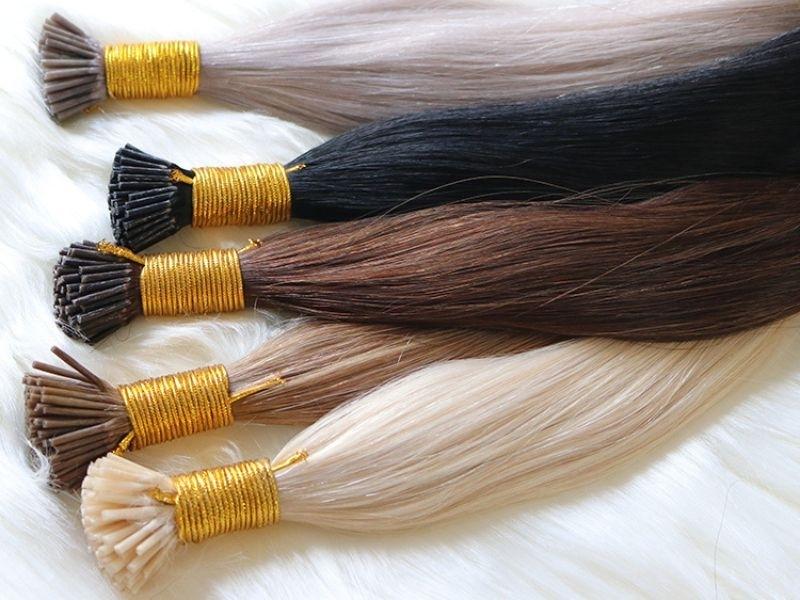
Tip 2: Using Different Thickeners
Some natural oils such as coconut oil, avocado oil and argan oil will help give body to the hair. Those products will gradually make your hair appear healthy and full.
Tip 3: Choosing Suitable Hairstyles
If you have thin hair, you should not think about straight hair as this texture will show how the hair is thin. The best options you should try are waves and curls. Wavy and curly hairstyles will help you achieve an immediate increase in the body of the hair.

Tip 4: Deep Condition
Deep conditioning of the hair is effective as it helps nourish your hair. In addition, it adds moisture to the hair and nourishing vitamins.
Conclusion
Thick hair vs thin hair both have their own characteristics and challenges, but with the right care and styling techniques, you can make the most of your natural hairstyle. If you are losing your confidence due to thin hair, don’t worry, let Apohair‘s extensions help you change yourself in the most effective way. As one of the biggest Vietnamese wholesale hair vendors, Apohair offers a variety of hair extension products, providing an opportunity to enhance the thickness and volume of your hair as desired.
Next article: Why Is My Hair Stringy and How Can I Fix It



